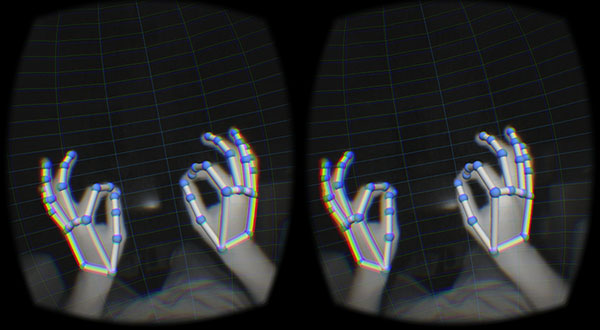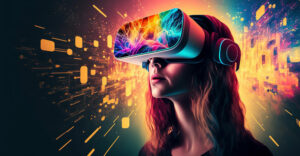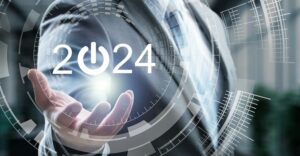Leap Motion on Tuesday introduced Orion — a faster, more precise, more capable and more reliable hand tracking system than its predecessor. Orion is purpose built for virtual reality, and it represents a stark shift in how Leap Motion tech tracks hands and fingers, according to the company.
“Orion starts tracking faster and with lower latency,” the company said in a statement provided to TechNewsWorld by spokesperson Eva Babiak. “The software will track hands when fully extended at arm’s length. And Orion maintains reliable hand tracking even when the sensor can’t fully see your fingers or if you’re in a cluttered background environment.”
Leap Motion’s solution is unique in that it doesn’t require users to manipulate physical game pads and other controllers. The platform lets consumers use their hands in virtual worlds in the same way they use them in the real world.
“Imagine playing a game in virtual reality where you could stack bricks to build a shelter, throw a punch, disassemble a bomb, etc., using your actual hands,” said Leap Motion. “Orion helps to enable that sense of presence and immersion in VR.”
Leap Motion has made a beta version of Orion available to developers who’d like to get their hands on the touchless technology as soon as possible.
The Orion software is compatible with the first generation of Leap Motion hardware. However, the improvements won’t be quite as pronounced as they will be when Orion is paired with the upcoming hardware, the company said.
Leap Motion hardware currently lives in a table-top box, but the company has been working with several developers of VR and augmented reality headsets to integrate Orion into their head-mounted displays.
On the Right Track
Leap Motion’s progress in making VR hands free is a laudable effort, said Charles King, principal analyst at Pund-IT.
“Not only has the company made the leap — pun intended — from PC-tethered devices to mobile VR, but it has also significantly upgraded overall performance and user experience,” he told TechNewsWorld. “These advances should all help the company establish or extend its market traction.”
While hands-free hand tracking isn’t necessary for passive VR entertainment, it is critical to more interactive experiences, King said. Though the major movers in the VR market have been developing their own tracking technologies, Leap Motion should see multiple business opportunities among smaller original equipment manufacturers.
“That’s particularly true in business-focused VR solutions, many of which are sadly overshadowed by entertainment-centric platforms,” he said. “Plus, if Leap can establish itself as a leading player in the VR market, partnerships with larger companies will likely be in the company’s future.”
Rail Junction
As promising as Orion is, it depends on headset platforms that are still a long way from the consumer market, noted Mike Jude, program manager, Stratecast/Frost & Sullivan.
Still, hands-free tracking is poised to evolve into a critical component of all active VR experiences. If it does, it could change the way people learn.
“People tend to learn better when they’re interacting with their environment than if they’re in a static situation and are being told what the environment is like,” Jude told TechNewsWorld.
Frost & Sullivan listed VR Education as a Service as one of the most intriguing convergences of technology likely to emerge in the near term.
The development of Orion and other hands-free technologies could make VR more accessible to people outside the ranks of hard-core gaming, starting with those inside the classroom.
Given the enthusiasm VR already has among educators, big leaps forward with the tech should be well received, and this year should be filled with such advances, according to Jude.
“I think we’re going to see a quantum shift in the space this year,” he said. “There are going to be a lot of devices out there and a lot of enthusiasm. And all it takes is one [independent software vendor] writing one application that gains a lot of traction, and then everyone else will jump into it.”




















































